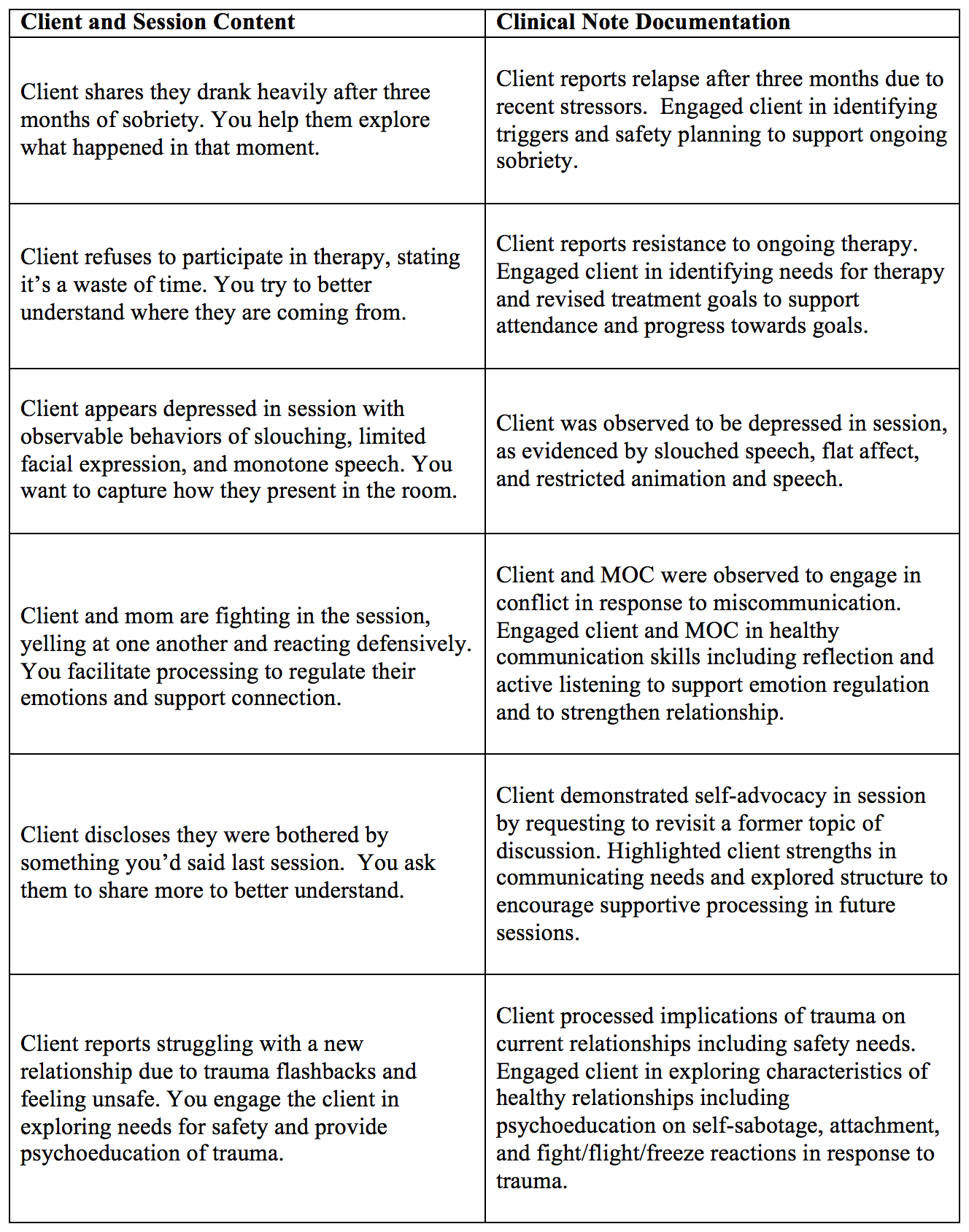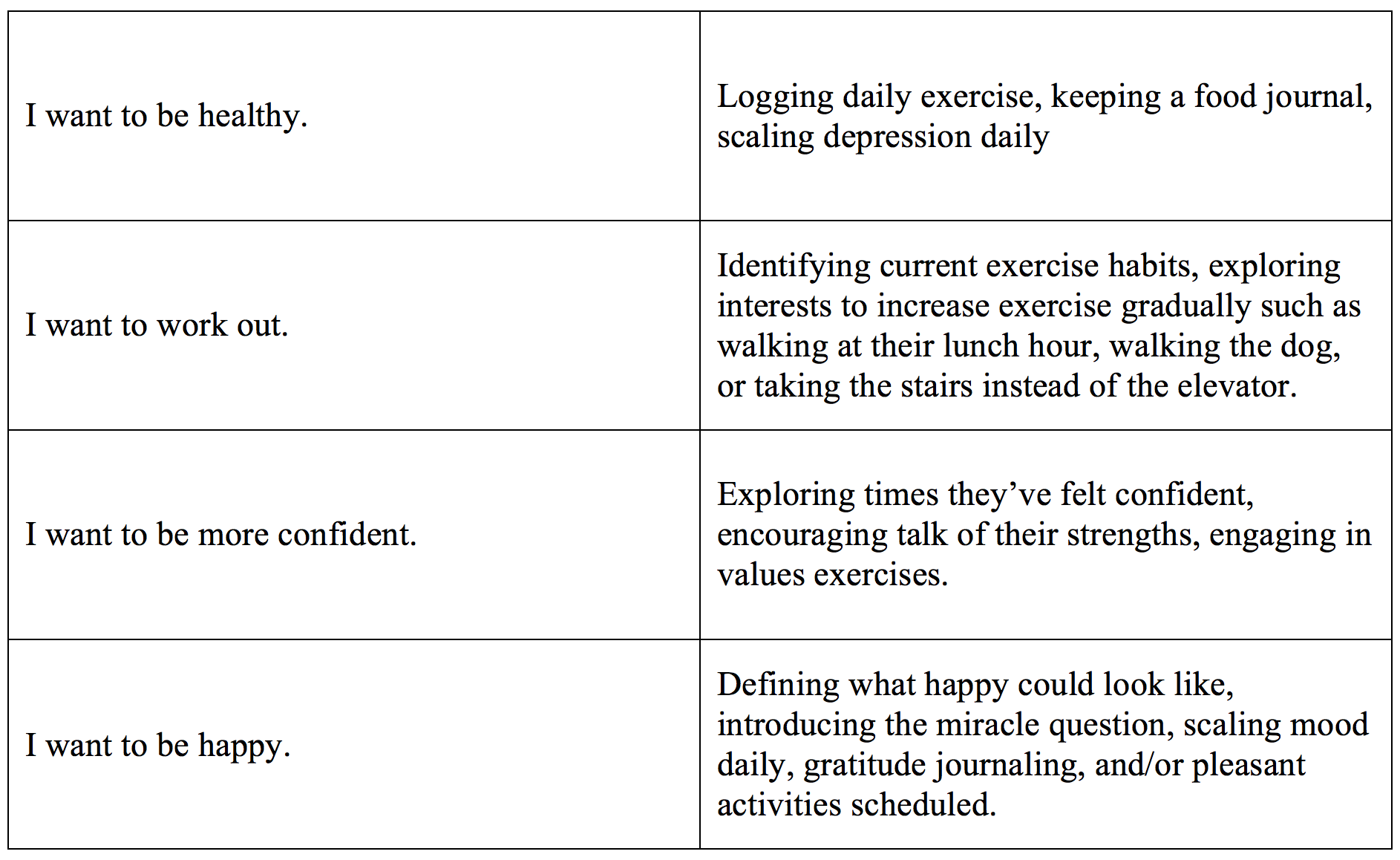Have you had a client come into your office wanting to work on their relationships? What about a client who wants to work on self-worth and self-esteem? These goals are valuable and achievable, and could greatly benefit your client in their functioning and connection in the world. However, depending on your client’s stressors and current life events, basic needs may need to be attended to first in order to achieve the growth and progress desired within your therapeutic work.
Hierarchy of Needs
Abraham Maslow first introduced the concept of a Hierarchy of Needs in a paper published in 1943. The image found most often in reference to his concept is a pyramid with the bottom representing the building block or foundation for higher functioning. According to Maslow, every human being has needs that must be met and stable prior to advancement to another level of human need. The levels he identified begin with physiological needs, followed by safety needs, love and belonging, esteem, and finally, self-actualization. Below are some examples of needs for each level:
- Physiological: food, water, oxygen, sex, sleep, excretion
- Safety: security of shelter, employment, resources, health, body
- Love & Belonging: family, friends, intimate partners
- Esteem: confidence, self-esteem, respect by others, respect for self
- Self-Actualization: Acceptance, lack of prejudice, enlightenment
Goals for Growth
So how do the levels of need impact your client’s therapeutic work? For many helping professionals, the awareness of the hierarchy manifest through client psychoeducation around basic needs. Perhaps your client wants to work fully on their relationships, but is impacted by the stress of not having a job to pay their bills. Maybe your client wants to strengthen self-esteem, but can’t identify housing in suffering from an eviction this month. The present crises will require therapeutic attention and intervention first prior to a client allotting mental energy to higher levels of functioning.
Within your work, it can be helpful to normalize and educate your clients on basic needs being the foundation for functioning. You may consider describing the imagery as basic needs being the foundation of a house. If the foundation is crumbling, the other parts of the house become low priority or unseen in trying to stabilize the problem due to risks of it all collapsing around them. With this analogy, clients can absorb the importance of a stable foundation of basic needs requiring their attention before other goals can be successfully met.
Accessing Needs
A stable foundation may require other resources outside of your office. As a helping professional, it is in your best interest to be aware of resources to provide additional support to your client. The databases in your state, (Colorado Crisis Services and Colorado 2-1-1 for example) can be helpful in identifying food, shelter, clothing, legal advice and more. You may also consider coordination with helpful organizations that would warrant a release from your client in order to collaborate.
Assessing needs can also occur from a place of looking at client resistance. One way this may manifest is through your client’s capacity to work on homework or assigned tasks between sessions. Although some clients don’t like homework out of personal choice, other clients may struggle to articulate the crises that prevent progress on the homework you assigned, including forgetfulness, loss of focus, or stressors demanding their attention instead. This attempt at juggling varying demands could even translate to cancelled sessions in trying to handle the stressors at home or work. By being aware of basic needs, it can help you as the professional to better understand contributing factors that may present like resistance as elements requiring attention to support client progress.
Maintenance and Motivation
With collaboration and stabilization of basic needs come the client’s motivation for maintaining the foundation. It is the hope that client’s basic needs, once addressed, remain in good standing. However, with clients experiencing poverty, trauma, or other adversity, the fluctuating circumstances of their life can delay progress on higher functioning goals. Encouraging ongoing boundaries and self-care can support the client in reaching higher goals around self-esteem and relationships. With awareness and effort, a client can harness a healthy sense of control and autonomy in their life. Remaining flexible to the stressors that may occur between sessions, it is important that you and your client continue to be mindful of what takes precedence to allow the deeper, meaningful work you both value to occur at the appropriate time.













